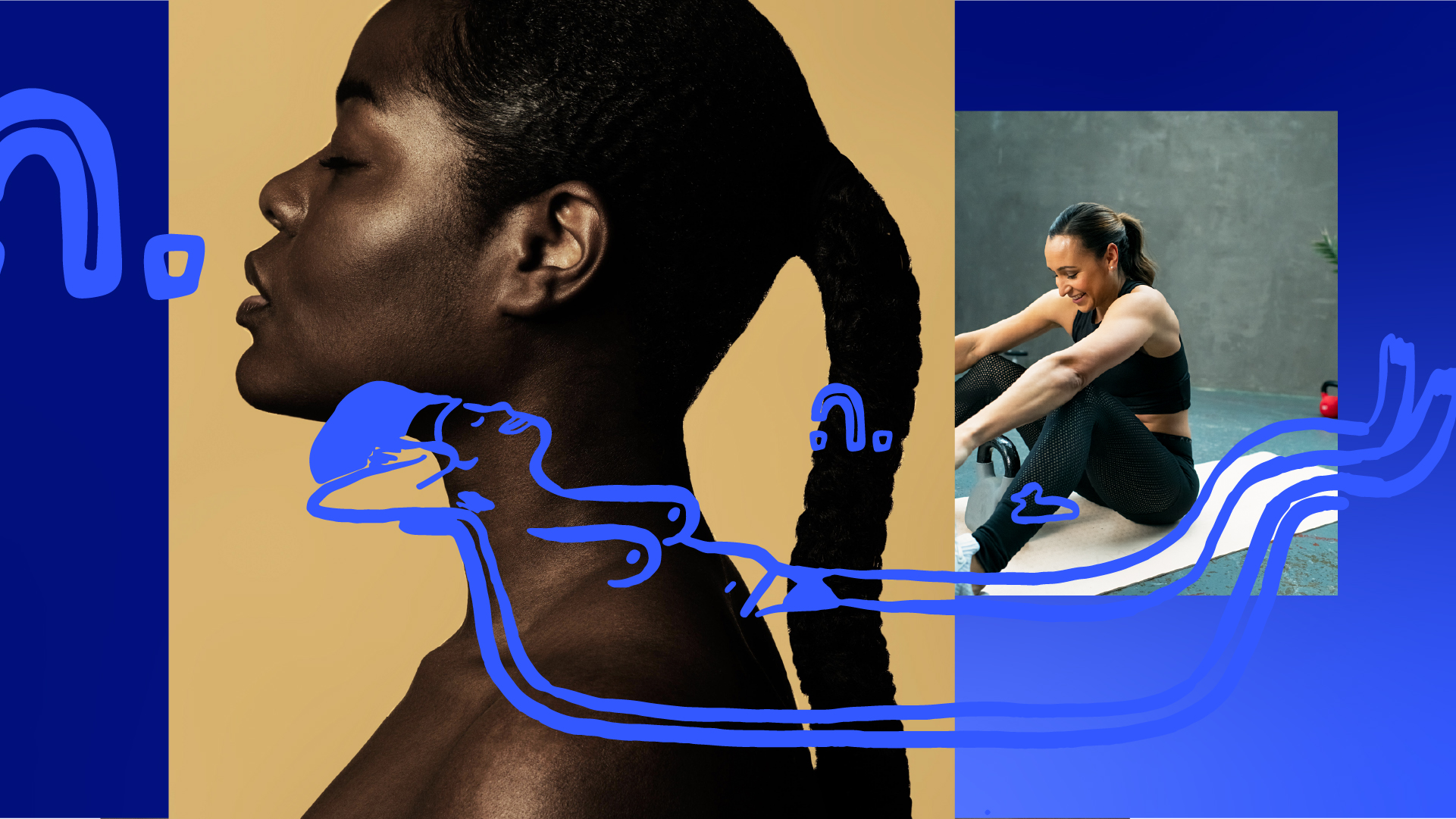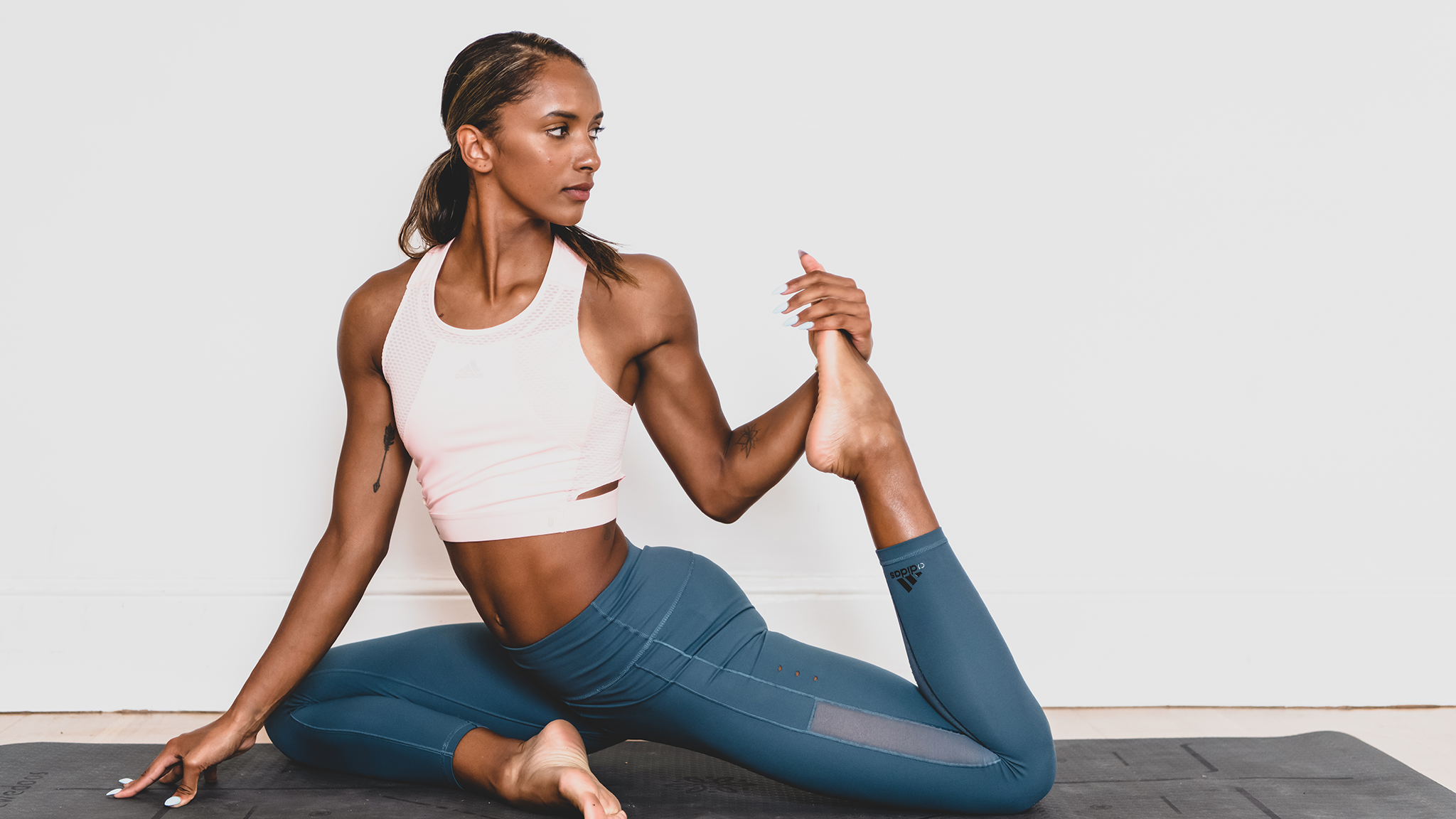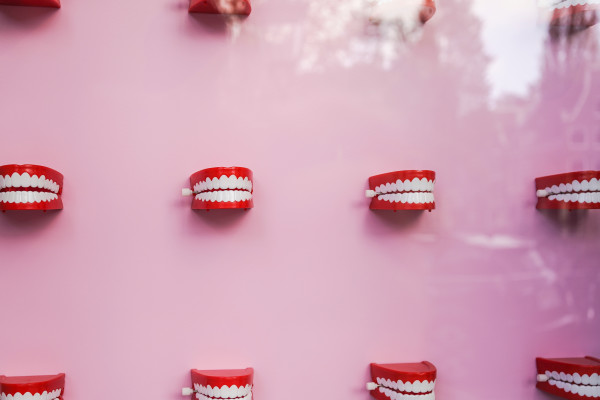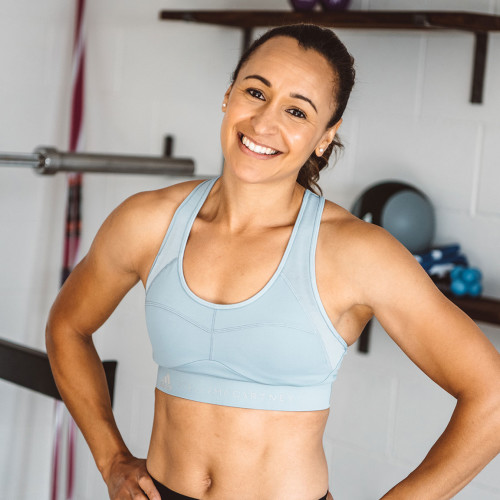Can you reduce the symptoms of PMT?
2 years ago
Cycle syncing2 years ago
Cycle syncing
The pre-menstrual phase has been associated with over 150 reported symptoms, with most of them pretty undesirable. But is there a way to alleviate the bad ones? We turn to Dr Emma Ross and Jess Ennis-Hill for some PMT relief…
Reviewed by: Dr Emma Ross
Anxiety? Check. Crushing fatigue? Check. Sore boobs? Check. Carb loading? Check. In the run-up to your period, you’ll have no doubt experienced some (if not all) of these symptoms, and it’s more than likely you’ll have accepted them as a natural part of the period process. So, how would you feel if we told you there were practical things we can do to alleviate some of the most ‘popular’ symptoms?
Here, we discuss how those pre-menstrual hormonal changes make you feel, then find out how to alleviate ‘top’ complaints, such as anxiety, cramping and bloating.
Everybody experiences the pre-menstrual phase differently, with the cocktail of symptoms you experience and the number of days you experience them for varying from person to person and month to month. As a general rule, the pre-menstrual phase is between a day and a week before menstruation , and the most commonly reported symptoms are mood swings, sore boobs, fatigue, anxiety and bloating.
“When it comes to what’s causing your symptoms, there’s a misconception that things like anxiety and fatigue are caused by a surge in hormones. But the reality is that these are more likely to be caused by a massive drop in the hormones – oestrogen (pronounced ee·struh·jn) and progesterone (pronounced pruh·jeh·stuh·rown) , rather than a spike in them,” says Dr Emma.
Oestrogen affects serotonin (pronounced seh·ruh·tow·ni n) AKA the happy hormone, and progesterone can have an anti-anxiety effect in the brain, so when you take those two away, it’s no surprise that you feel like you’ve stepped on a PMS rollercoaster.

The key, according to Dr Emma, is to move - and it’s through moving, no matter how gently, that you’ll notice improvements in your PMT symptoms.
“When we exercise, our bodies are flooded with endorphins (pronounced: en-dor-fins, a chemical produced by the body that boosts pleasure), helping to lift our mood and give us a natural high.” Not only that, but research shows that endorphins are a natural painkiller , working in a similar way to opioid drugs, like morphine.
As testament to this, in a recent study carried out on women aged 18-25 over an eight-week period, those who exercised regularly noticed a significant reduction in PMS symptoms. In fact, the results were so impressive that exercise can now be used as a treatment for PMS.
Importantly, there’s no pressure to go hard and max out on those burpees. A review of 17 studies that looked at the impact of exercise on PMS proved that it’s not the type of exercise but the regularity that can be beneficial for both physical and psychological symptoms.

“Although there is no one way you exercise during your pre-menstrual phase, there are certain styles of exercise that can be more helpful to particular symptoms,” says Jess Ennis-Hill.
"To help you match the right style of session to your symptoms, when you sign up to Jennis CycleMapping , we'll ask you a few questions about your pre-menstrual experience. Whether that's sore boobs, low mood, tearfulness or something else, we'll be map in sessions that are designed to help."
Shake it off with a low intensity workout. “The Jennis LISS sessions keep your heart rate at a steady state, and this type of aerobic exercise has been shown to reduce low mood, anxiety and fatigue in the pre-menstrual phase,” says Jess. “If committing to a full session feels too overwhelming, try the Cosy restorative yoga flow in the Jennis app . This can help to calm the body and mind.”
“Bloating is caused by our bodies retaining more salt and water. Although it sounds counterintuitive, staying hydrated really helps. When you restrict water intake, it causes your body to retain the water it’s got, which can make the bloat worse.” says Dr Emma.
“When it comes to physical activity, exercises that gently work the core, such as our Yoga for core recovery session, act as a mini massage for your internal organs, stimulating the digestive system," says Jess. "By calming body and mind, things like yoga can also help to alleviate any digestive symptoms caused by stress or anxiety.”
“I think we’ve all had those moments just before our period where everything drives you up the wall,” says Jess, “and that’s a common emotion during the PMT phase. Next time you see red, try getting your heart rate up and releasing some mood-boosting endorphins with a fast-paced Super HIIT or Audio HIIT Run.”
Some days only tea, toast and the remote will suffice, but Jess has a tip: “If you’re really not in the mood to exercise, try to do something small and tune in to how you feel after. “We know that doing something is probably better than doing nothing, so in this instance I’d suggest getting out for a walk or doing a gentle Jennis stretch or yoga session (the Energising wake-up yoga flow is great) to take advantage of the endorphin boost.” Then get back to tea and toast if you fancy it.
Go for it! “There’s no wrong way to train in the pre-menstrual phase and we’re all different, so if you have an energy spurt in the lead-up to your bleed, there’s absolutely no reason to hold back, ” says Jess.
“The ratio of oestrogen and progesterone is really important ,” says Dr Emma, “especially the way in which the two interact. So, if your levels are unbalanced, that can cause lots of the more negative symptoms.”
“Then there’s your sensitivity to different hormones. In the same way that some people are more sensitive to caffeine, it may be that you’re particularly sensitive to oestrogen (including your withdrawal from it). Give two people the same amounts of caffeine, for example, and they react in completely different ways. It’s exactly the same with hormones.”
*Caveat: There is no ‘normal cycle. There’s just what’s normal to you – and we’ll help you find that. Giant caveat: If you are someone who experiences very high levels of pain, emotional distress or symptoms that significantly impact your life related to your menstrual cycle please go to your GP for support.
Read: How to eat smart across your Pre-Menstrual Phase
 Cycle syncing
Cycle syncing Perimenopause
Perimenopause Perimenopause
Perimenopause Perimenopause
PerimenopauseSign up to learn everything you need to know about CycleMapping, plus how you can live better and feel better through optimising your fitness to you.
This website uses cookies to ensure you get the best experience on our website. Learn more

Sign up for the very latest news on women's fitness, health and hormones, plus be the first to receive exclusive offers and extras